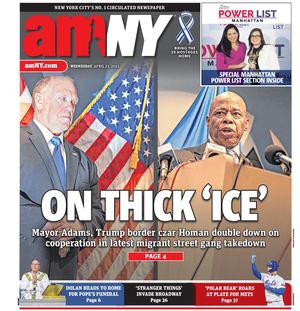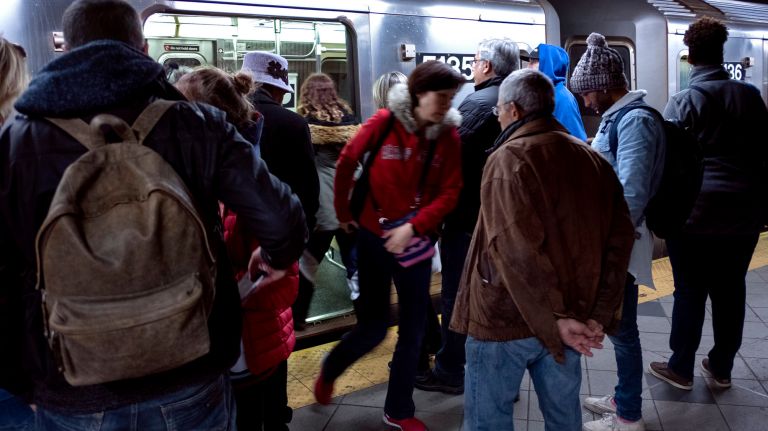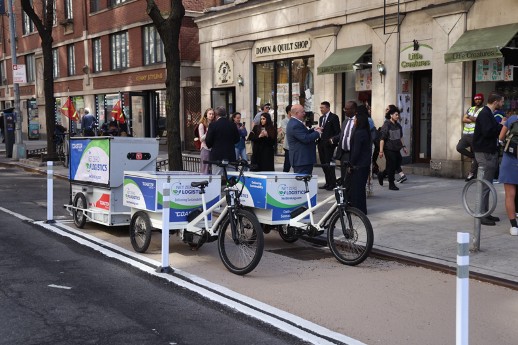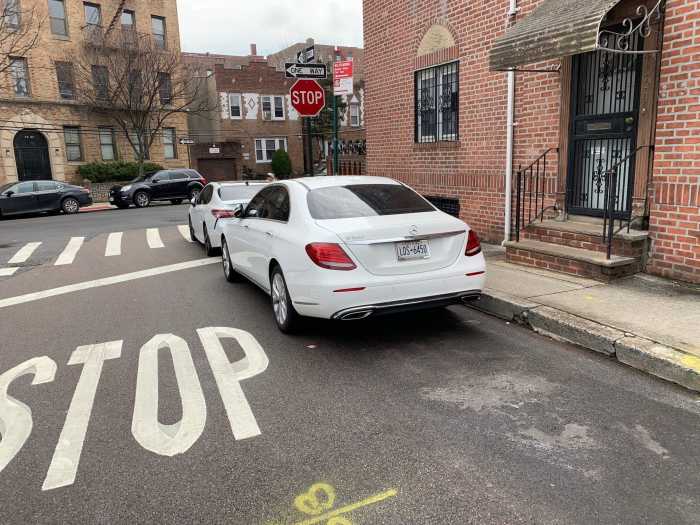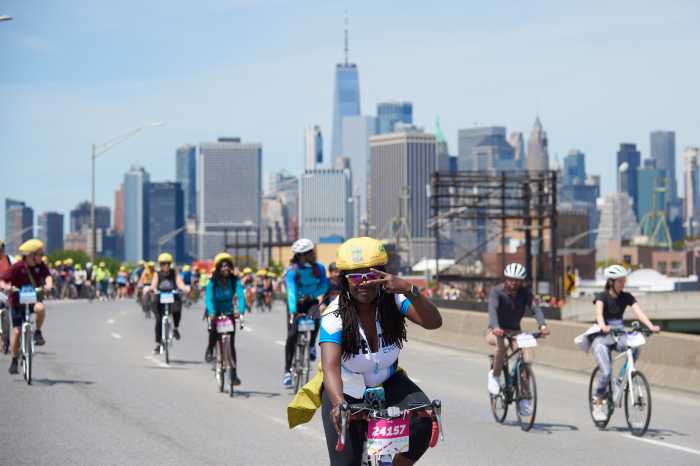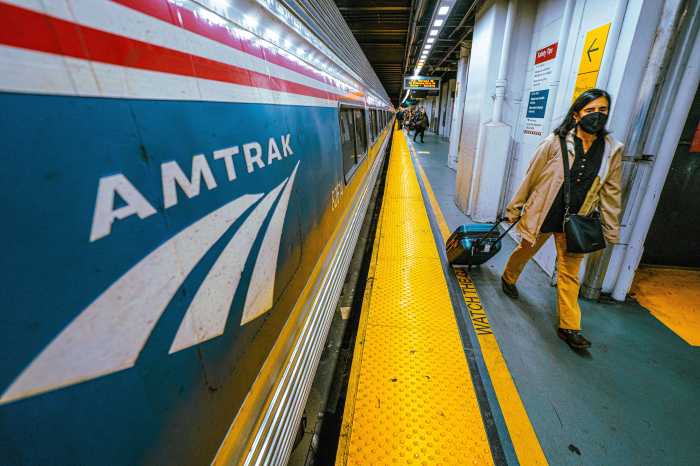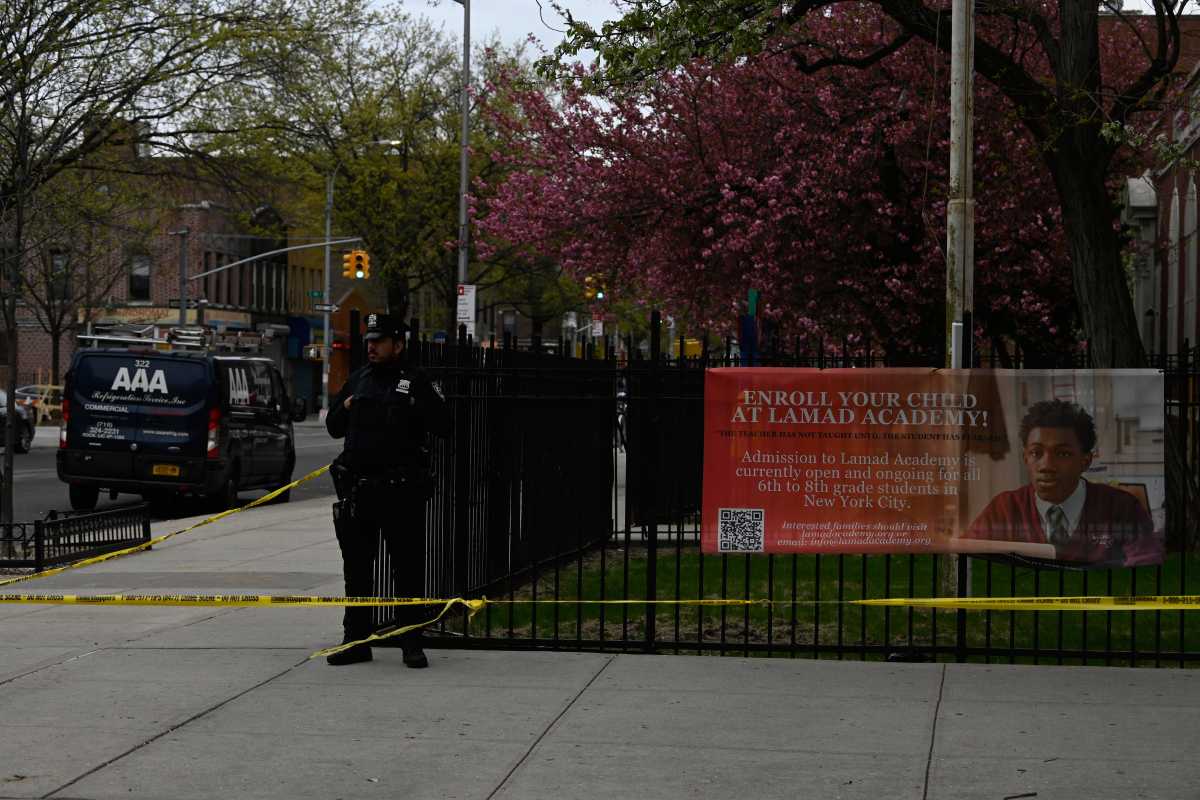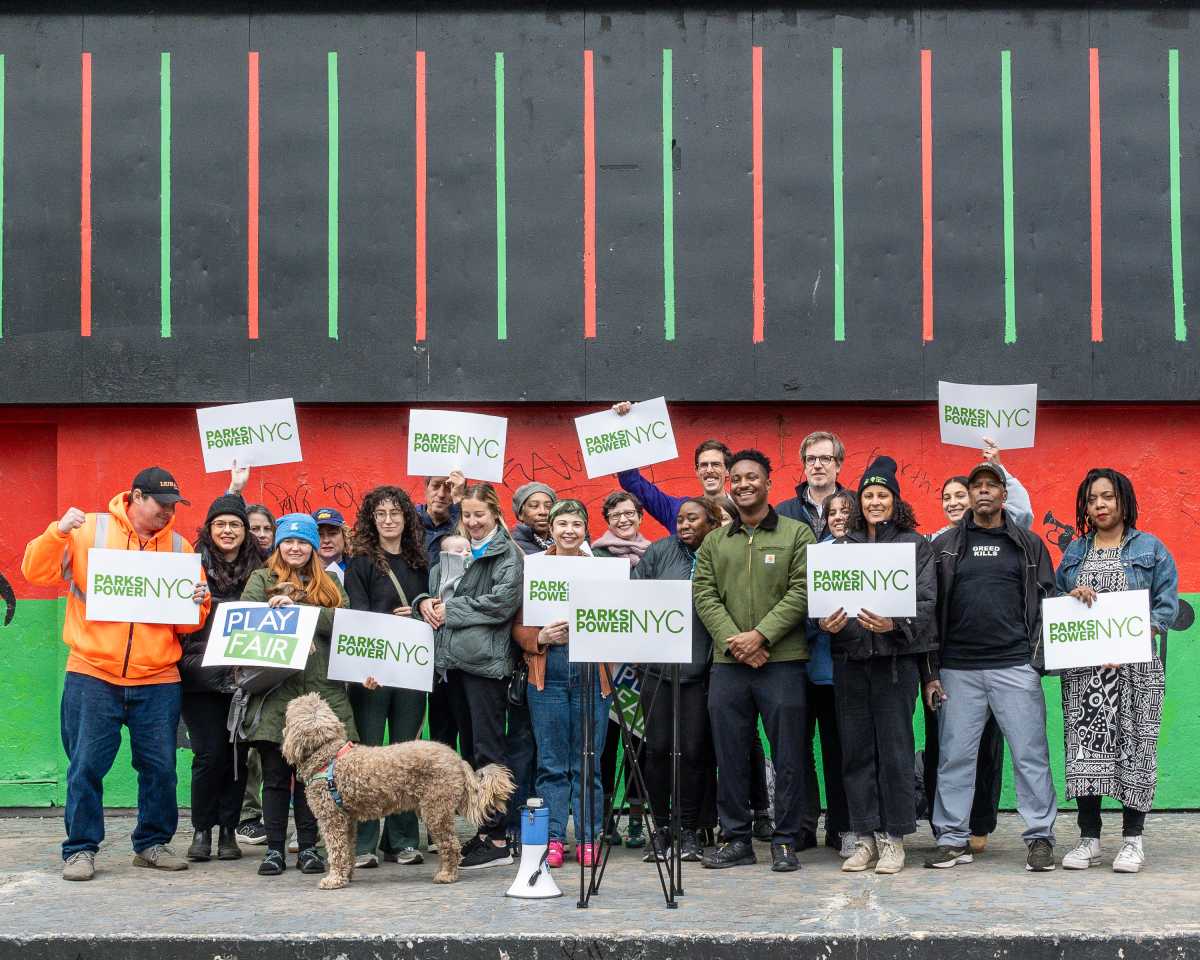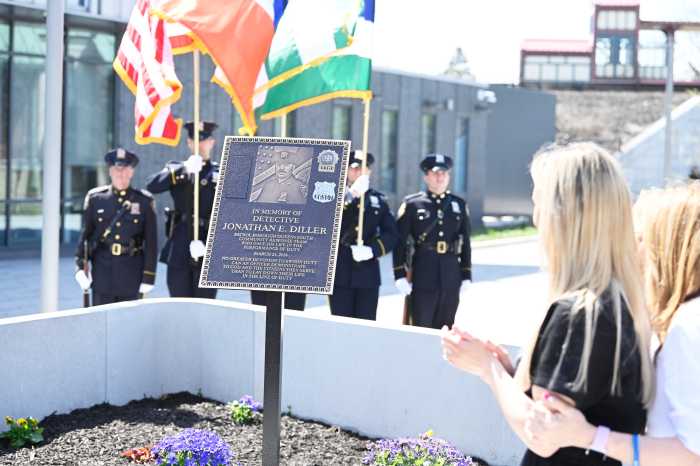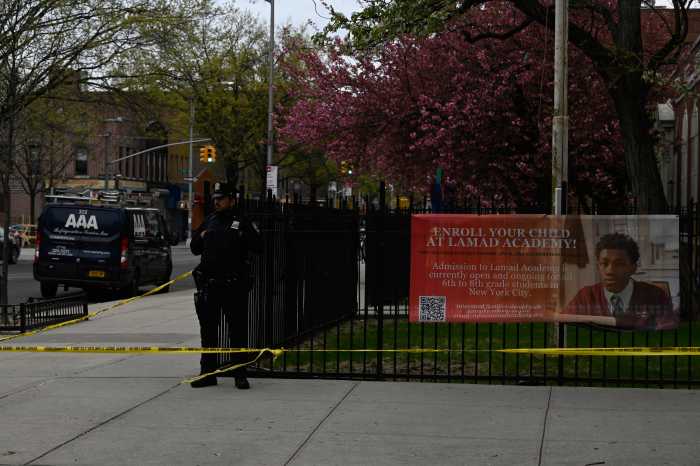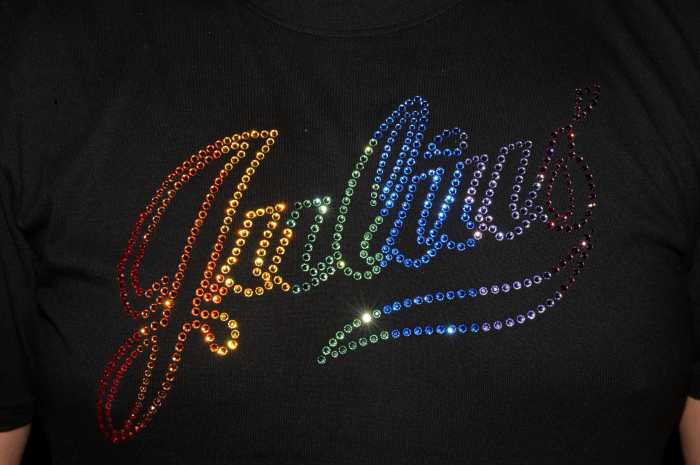
The MTA on Thursday, under a grim financial forecast, proposed two new options for fare and toll increases in 2019.
One option would keep base MetroCard fares at $2.75 and eliminate the purchasing bonus. Thirty-day MetroCards would increase from $121 to $127 and seven-day MetroCards would rise from $32 to $33.
A second option would increase the base MetroCard fare to $3 and increase purchasing bonuses from 5 percent with a $5.50 purchase to a 10 percent bonus with a $6 purchase. Monthly MetroCards would see a slightly smaller increase to $126.25 while weekly ones would still increase to $33.
Each option will achieve a 4 percent fare and toll increase over the next two years, which translates to $308 million in new revenue annually, according to the MTA.

The troubled transit authority also provided the unusual option to raise bridge tolls either by 4 percent or 8 percent, with the added revenue from an 8 percent increase going toward funding capital projects to modernize mass transit service.
Transit president Andy Byford described his department as being “between a rock and a hard place.” The MTA is asking for higher fares and tolls while also proposing cuts to services, including postponing Select Bus Service rollouts; reducing bus service to the Staten Island Ferry; extending bus maintenance schedules; and reducing the number of manual track inspections, some of which would instead be done via video.
“It is a bit of a mixed message — just as we really want to improve service and just as we really want to expand service to attract people back, certainly in the short term we’re double whammy’d,” Byford said. “We’re caught with this increasing budget crises.”
The MTA board will vote in December on whether the authority should enact a hike, and then, if approved, decide on which option in January. The increases would take effect in March 2019, marking the MTA’s sixth fare and toll increase since 2009.
The options came alongside a dire financial forecast presentation that projected deficits nearing $1 billion by 2022 — even if fare and toll increases are carried out in 2019 and 2022. Without several significant new sources of revenue, the MTA could be forced to carry out even more staffing and service cuts as well as additional fare hikes. The financial talks at the MTA mirrored the "doomsday" cuts of a decade ago — only this time there’s a healthy economic climate alongside a growing the city population.
"We are not in structural balance; our expenses exceed our recurring revenues and this is the challenge in front of us," said MTA CFO Robert Foran. "Our out-year deficits . . . have increased significantly."
The prospect of slashing service led to fears of a death spiral at the MTA. The authority is projecting a $485 million loss in fare revenue through 2022 due to declining ridership. Enacting cuts to save money could likely push more riders away from already overburdened unreliable subway and bus service, MTA board member Norman Brown warned.
"My concern is that as you cut service, there’s a sort of demand curve thing where you’re driving customers away at the same time," said Brown, requesting a study on how expanding service would impact the deficit.
In total, the MTA is expected to lose $819 million over the next four years. In the face of daunting financial challenges at the MTA, advocacy groups and some elected officials rallied outside MTA headquarters on Wednesday calling for the authority to postpone its next round of fare hikes. They argued that fares — at $2.75 for a subway swipe — are becoming too costly for everyday riders, and that state lawmakers should enact congestion pricing, as well as several other new revenue streams, to balance MTA books.
“We’re asking the elected officials to do their jobs before they ask millions of New Yorkers to pay more,” said John Raskin, executive director of Riders Alliance, at the rally.
The financial crisis outlined Thursday came days after the abrupt exit of MTA chairman Joseph Lhota. Before announcing his departure Friday, he warned of the “bleak" and “abysmal” outlook at the agency and said new revenue streams established by lawmakers would be the best bet to help secure the authority’s financial footing.
“Our best option is securing new and additional revenue sources from our partners in government,” he said.
As subway and bus service have declined in reliability over the years, fare revenue has also decreased. But years into the phenomenon, the MTA and some members of its board still seem uncertain as to why — or even if — riders are leaving mass transit.
Foran blamed the drop, in part, to the rise in e-hail services like Uber and Lyft. MTA board member Larry Schwartz, without evidence, blamed fare evasion as the pivotal factor. In September, the most recent MTA data available, daily subway ridership had dropped by 191,000, leading some to doubt the accusation that hundreds of thousands of more commuters are jumping the turnstile.
"Evidence suggestions that people are taking Uber when they really need to get somewhere; or maybe if they’ve seen a notice of that morning’s subway meltdown; or if there are 30-minute [wait times] in the middle of the night," said Jon Orcutt, spokesman at the transportation advocacy group TransitCenter.
He offered his own hypothesis for the decline in ridership: "It’s the service, stupid."
